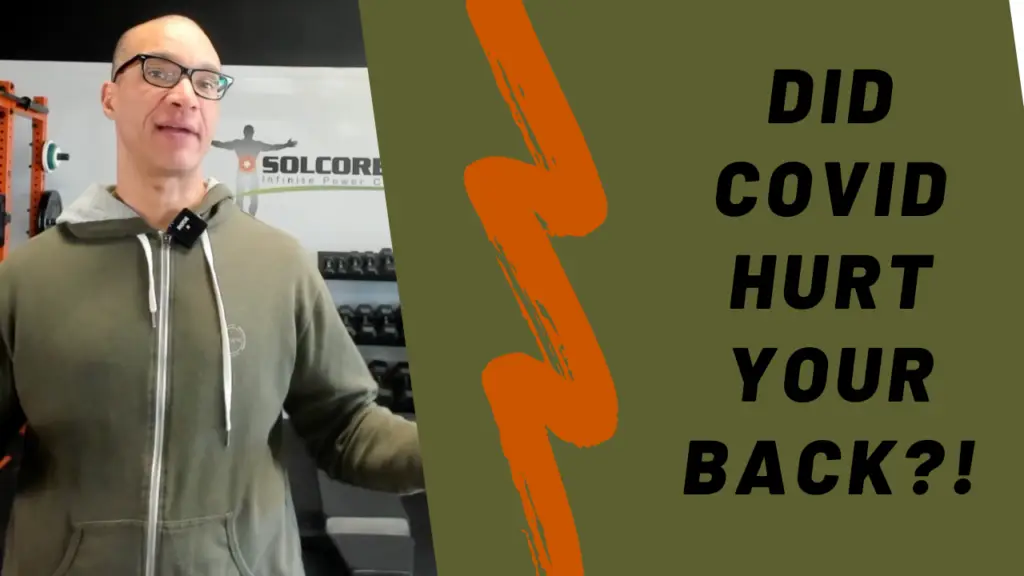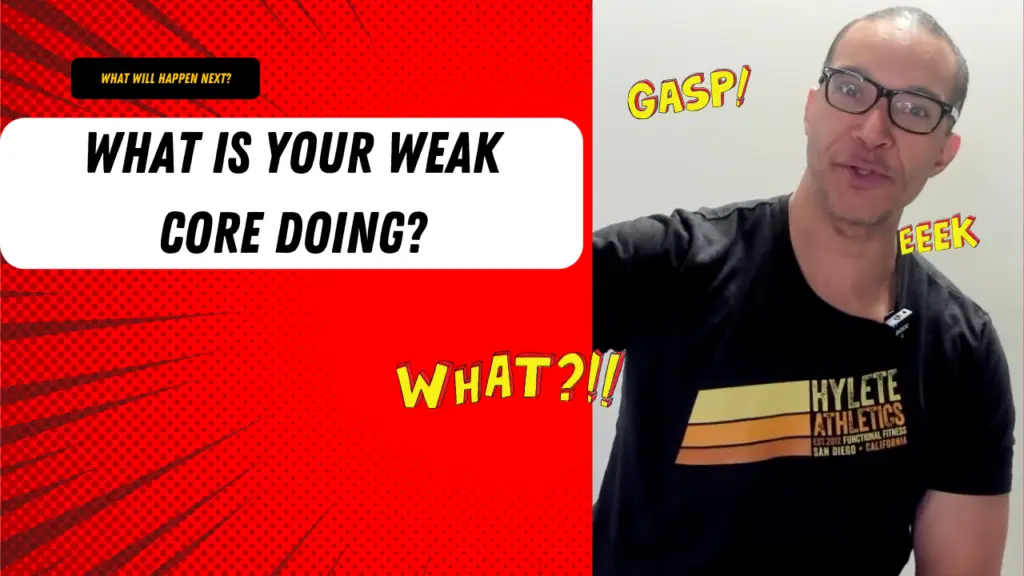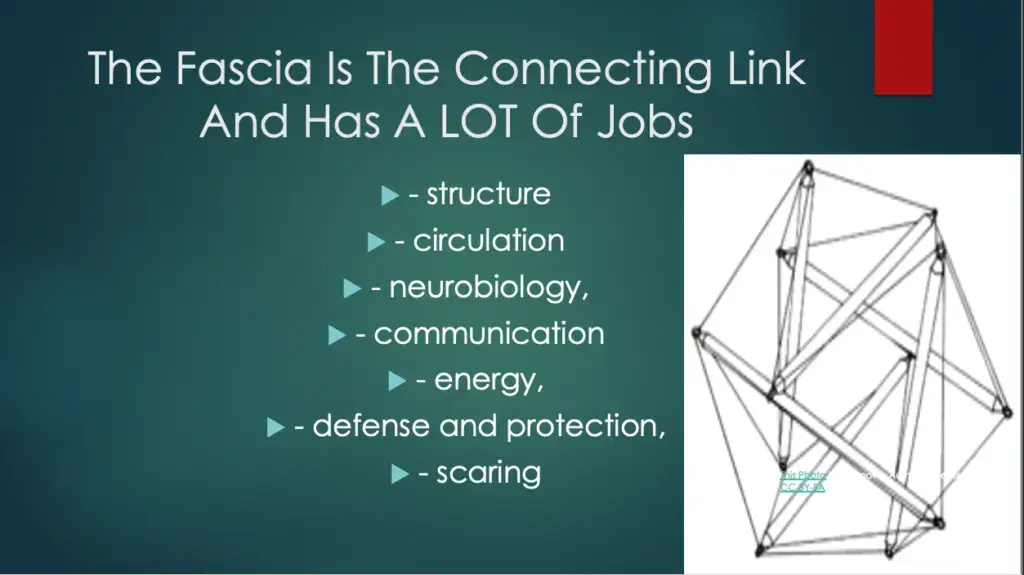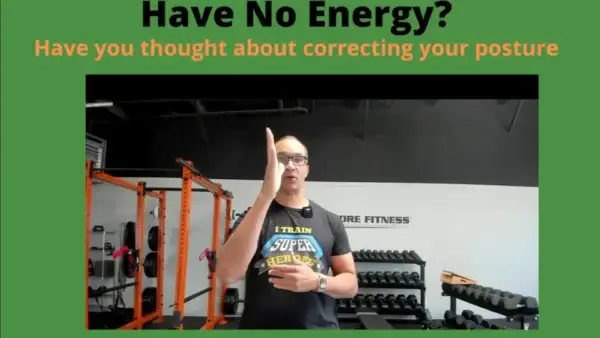
Click on the image to watch the video
Are you dealing with back pain after COVID-19? You’re not alone. Back pain is one of the most common lingering symptoms after both infection and recovery a challenge felt by people of all ages and activity levels.
Why Back Pain Happens After Covid
Back pain can be a direct effect of COVID due to myalgia—generalized muscle and soft tissue pain caused by your body’s inflammatory response to fighting off the virus or as a side effect of the vaccine. Inflammation doesn’t always end when you test negative; your body might continue “defending” for weeks or even months, causing ongoing aches and back pain. This is part of what is known as “long COVID”.
Indirect causes are just as important:
Many people become more sedentary after (or during) illness—sitting more, working from home, and losing their regular movement and exercise routines.
Stress and lack of work-life balance increase tension, particularly in the spine, neck, and back.
Dehydration, already a common problem, is made worse as your body uses more water during infection and healing, leaving your discs and fascia less resilient.
Is It “Just” Covid, or Something Else?
If you notice new or worsening back pain after COVID, ask:
- Was the pain present before, and is it worse now?
- Are there other aches, joint issues, or general body pain? If so, it could be “long COVID.”
- If you’re simply sitting more, skipping movement, or under new types of stress—those factors can be just as powerful.
Always follow up with your healthcare team to rule out reinfection or other health issues. For most, the pain is NOT dangerous, but persistent inflammation, dehydration, inactivity, or stress must be addressed for full recovery.
What Should You Do?
- Hydrate thoroughly. Start each day with water and keep drinking throughout the day to rehydrate the spine, joints, and fascia.
- Rebuild your work/life boundaries. Set opening/closing routines (especially if working from home), get up regularly, and don’t allow “life creep” into all hours.
- Move more—gently and consistently. Aim for general daily activity (steps, gentle walks), not just “weekend warrior” blasts. Progress specific corrective exercises for your back, core, and posture as you recover.
- Mind your stress. Take time to rest, get outside, meditate, and actively de-stress—your body and back will thank you.
- Start or restart a balanced corrective/exercise program. Don’t jump right into intense workouts; first, restore foundational control and flexibility so your body adapts, not just compensates.
[Myofascial Stretching: The Best Total Body Active Stretches]
Persistent back pain after COVID is often multifactorial and almost always holistic in solution hydration, gentle movement, stress management, and a sustainable corrective program are key.
it’s not just working out, it’s building a foundation for a better life.
Find out more @









